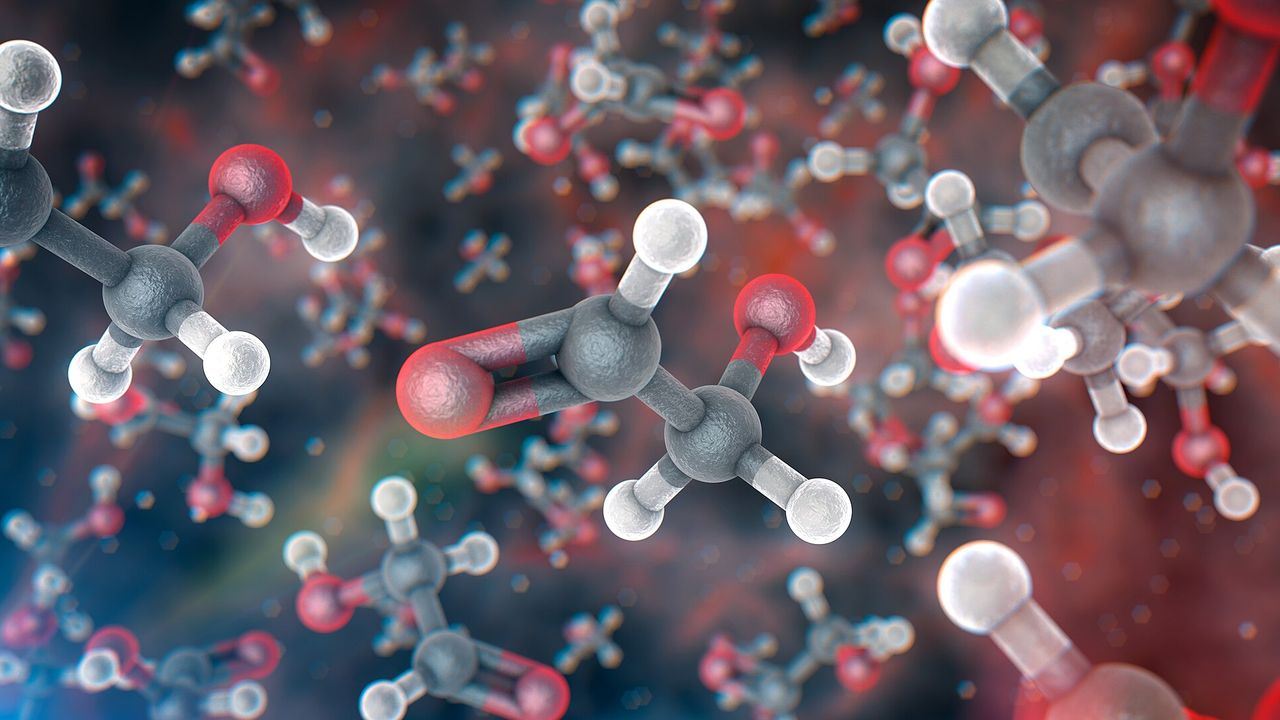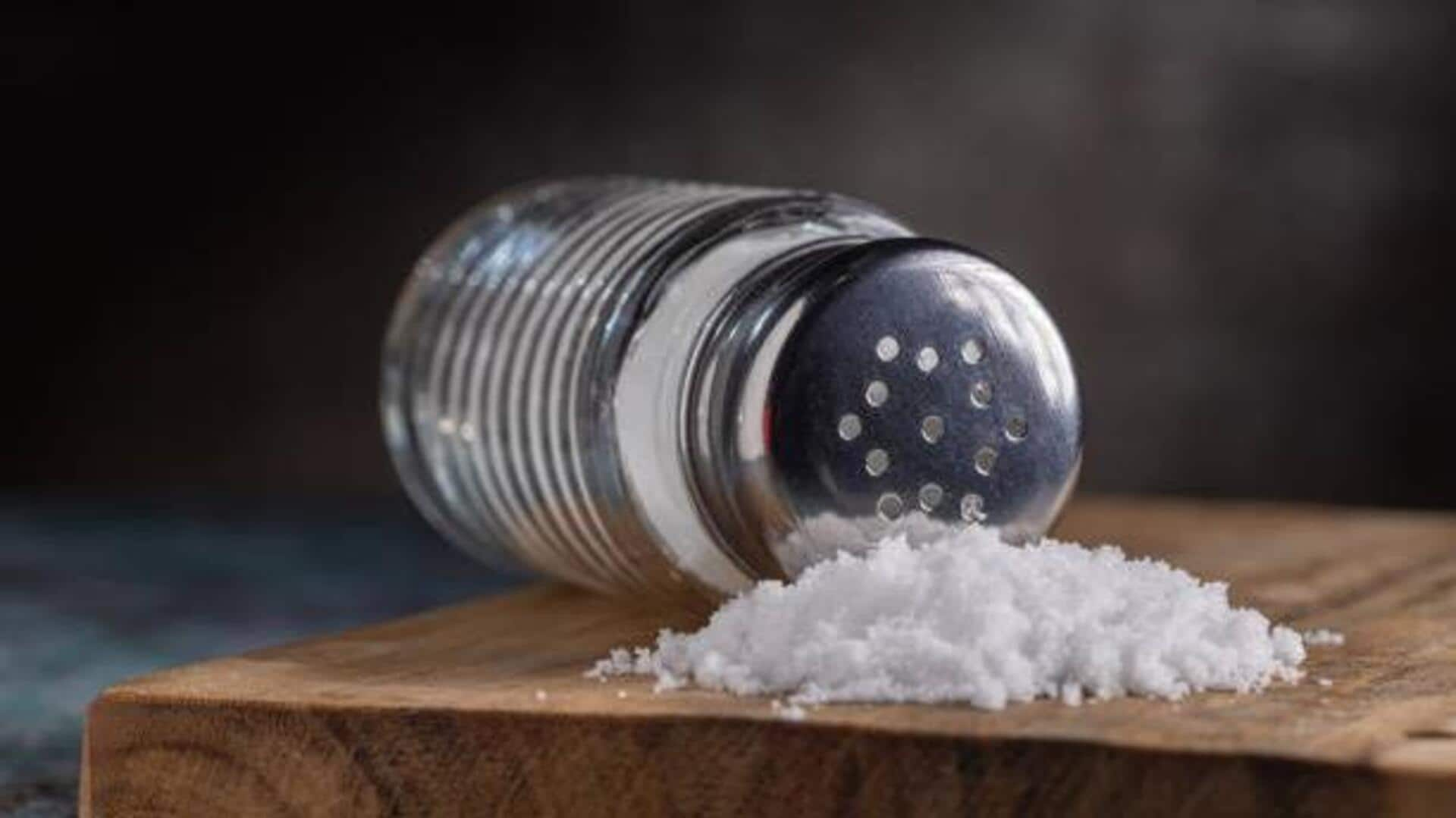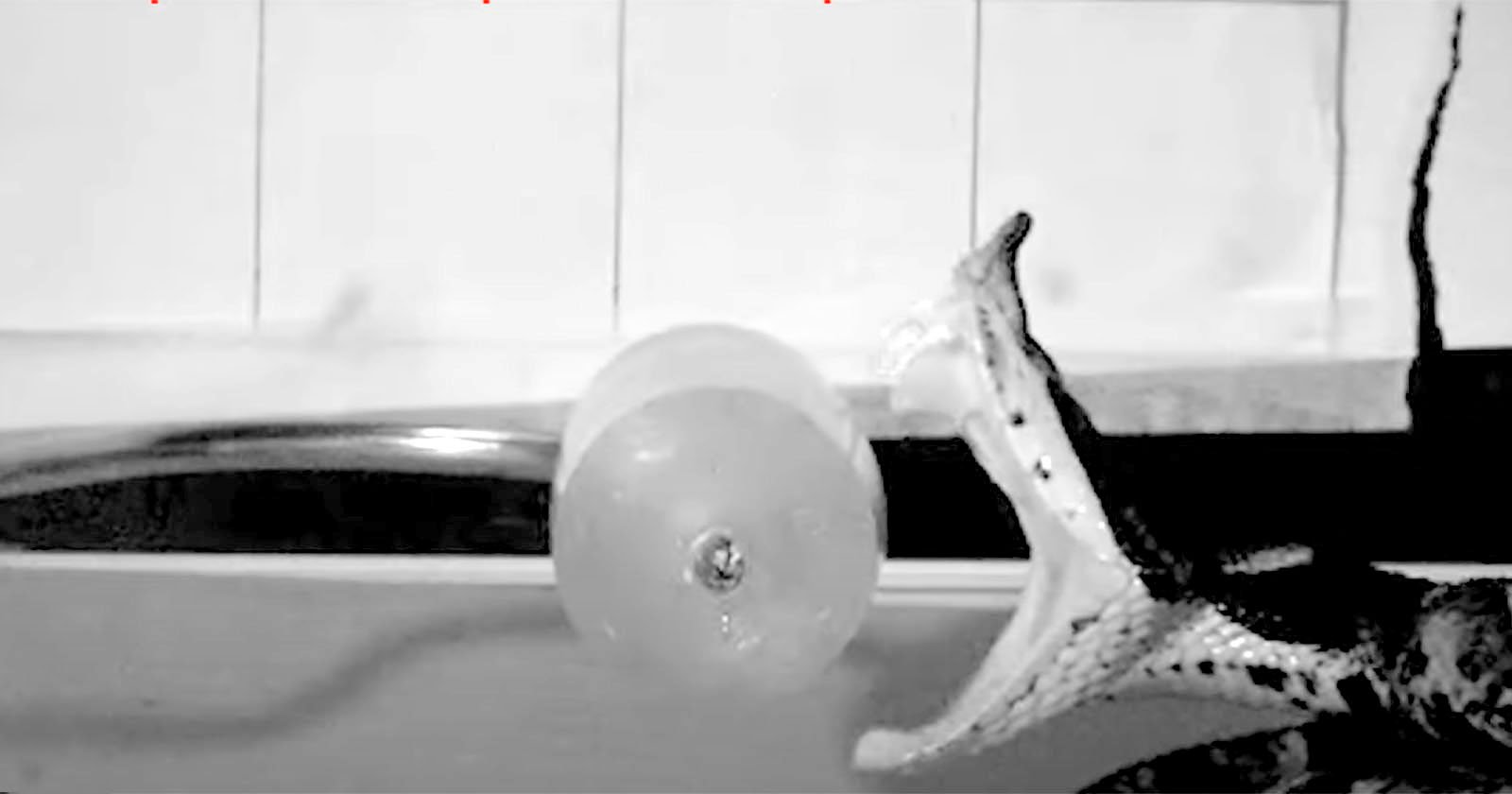This article was originally published at Eos. The publication contributed the article to Space.com’s Expert Voices: Op-Ed & Insights.
—
### New Study Questions the Origin of Organic Molecules Detected on Saturn’s Moon Enceladus
New laboratory research suggests that some organic molecules previously detected in plumes erupting from Saturn’s moon Enceladus may be products of natural radiation, rather than originating from the moon’s subsurface ocean. This discovery complicates the assessment of the astrobiological relevance of these compounds.
Enceladus hides a global ocean buried beneath its frozen crust. Material from this liquid reservoir is ejected into space from cracks in the ice near the south pole, forming plumes of dust-sized ice particles that extend for hundreds of kilometers. While most of this material falls back onto the surface, some remains in orbit, becoming part of Saturn’s E ring, the planet’s outermost and widest ring.
Between 2005 and 2015, NASA’s Cassini spacecraft flew repeatedly through these plumes and detected a variety of organic molecules. The detection was viewed as evidence of a chemically rich and potentially habitable environment under the ice, where molecules essential to life could be available.
—
### Radiation as a Possible Source of Organics
However, the new study offers an alternative explanation in which radiation—not biology—is behind the presence of at least some of these organic molecules.
To test the role of space radiation, a team of researchers led by planetary scientist Grace Richards, a postdoctoral fellow at the National Institute for Astrophysics in Rome, simulated conditions near Enceladus’s surface. They created a mixture of water, carbon dioxide, methane, and ammonia—the main expected components of surface ice on Enceladus.
The team cooled the concoction to −200°C inside a vacuum chamber and then bombarded it with water ions, an important component of the radiation environment that surrounds the moon. This radiation induced a series of chemical reactions, producing a cocktail of molecules, including carbon monoxide, cyanate, ammonium, and various alcohols, as well as molecular precursors to amino acids such as formamide, acetylene, and acetaldehyde.
The presence of these simple molecules indicates that radiation could induce similar reactions on Enceladus.
Richards presented these findings at the Europlanet Science Congress-Division for Planetary Sciences Joint Meeting (EPSC-DPS 2025) in Helsinki, Finland. She and her coauthors also published a detailed report in *Planetary and Space Science*.
—
### Enceladus and Beyond: Implications for Astrobiology
The new research raises important questions:
– Do the organic molecules detected in Enceladus’s plumes truly come from the moon’s buried ocean?
– Are they formed in space?
– Or do they form close to the surface after the plumes leave the Enceladean interior?
While the findings do not exclude the possibility of a habitable ocean on Enceladus, Richards urges caution in assuming a direct link between the presence of these molecules in the plumes, their origin, and their possible role as precursors to biochemistry.
> “I don’t necessarily think that my experiments discredit anything to do with Enceladus’s habitability,” Richards said.
> “However, when you’re trying to infer this ocean composition from what you’re seeing in space, it’s important to understand all the processes that go into modifying this material.”
Apart from radiation, these processes include phase changes, interactions with the moon’s ice walls, and interactions with the space environment.
—
### The Need for Further Experiments
Planetary scientist Alexis Bouquet, a French National Centre for Scientific Research (CNRS) researcher at L’Université d’Aix-Marseille not involved in the study, emphasized the importance of simulating these environments in the lab.
> “They demonstrated that you can produce a certain variety of species in conditions that are relevant to the south pole of Enceladus.”
Bouquet highlighted that such experiments are critical for planning future missions to Enceladus and interpreting much-anticipated data from current missions exploring Jupiter’s icy moons, such as NASA’s Europa Clipper and the European Space Agency’s (ESA) JUICE (Jupiter Icy Moons Explorer) mission.
The intense radiation environment around Jupiter makes this research especially relevant.
—
### Another Perspective: Complex Organics Detected in Cassini Data
While Richards’s work questions the origin of organic compounds around Enceladus, other researchers continue to find new molecules that add to the puzzle.
After a new analysis of data gathered during one of Cassini’s close approaches to Enceladus in 2008, a team led by planetary scientist Nozair Khawaja at the Freie Universität Berlin and the University of Stuttgart reported the discovery of new types of organic molecules seemingly emanating directly from the icy vents.
These newly identified compounds include ester and ether groups, as well as chains and cyclic species containing double bonds of oxygen and nitrogen. On Earth, such molecules are essential links in chemical reactions that ultimately produce complex compounds necessary for life.
While these molecules could have an inorganic origin, Khawaja states:
> “They increase the habitability potential of Enceladus.”
Their findings were published in *Nature Astronomy*.
—
### Fresh Organic Ice Grains
Khawaja’s team suggests that these complex organic molecules are present in fresh ice grains just expelled from the plumes. During its last flyby, Cassini got as close as 28 kilometers to Enceladus’s surface. After modeling the plumes and the ice grains’ residence times in space, the researchers concluded that the sampled ice grains likely spent only “a few minutes” in space.
This short duration raises doubts about whether space radiation had enough time to produce such complex organic molecules.
> “Big grains coming from the surface full of organics? That is much harder to explain through radiation chemistry,” Bouquet said.
While he agrees that the experiments performed by Richards are “valuable and take the science to the next level,” Khawaja argues that,
> “Our results tell the other story completely.”
—
### The Complexity and Promise of Enceladus’s Chemistry
Both studies underscore the chemical complexity of Enceladus and reinforce its status as a prime target in the search for extraterrestrial life—or at least the building blocks of life.
Enceladus has all three prerequisites for life: liquid water, an energy source, and a rich cocktail of chemical elements and molecules.
Even if the subsurface ocean remains inaccessible—it lies at least a few kilometers beneath the ice near the poles—the plumes offer the only known opportunity to sample an extraterrestrial liquid ocean directly.
—
### Looking Ahead: Future Missions and Research
Studies for a potential ESA mission dedicated to Enceladus are already underway, with plans that include high-speed flybys through the plumes and, potentially, a lander on the south pole.
Insights from recent studies will help guide the design of spacecraft instrumentation and aid the interpretation of future results.
> “There is no better place to look for [life] than Enceladus,” Khawaja said.
—
*Published by Eos and contributed to Space.com’s Expert Voices: Op-Ed & Insights.*
https://www.space.com/space-exploration/search-for-life/space-radiation-can-produce-some-organic-molecules-detected-on-icy-moons



